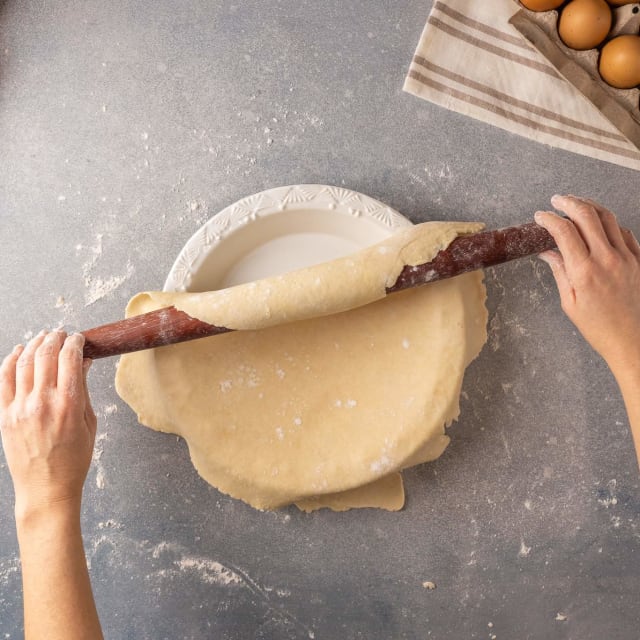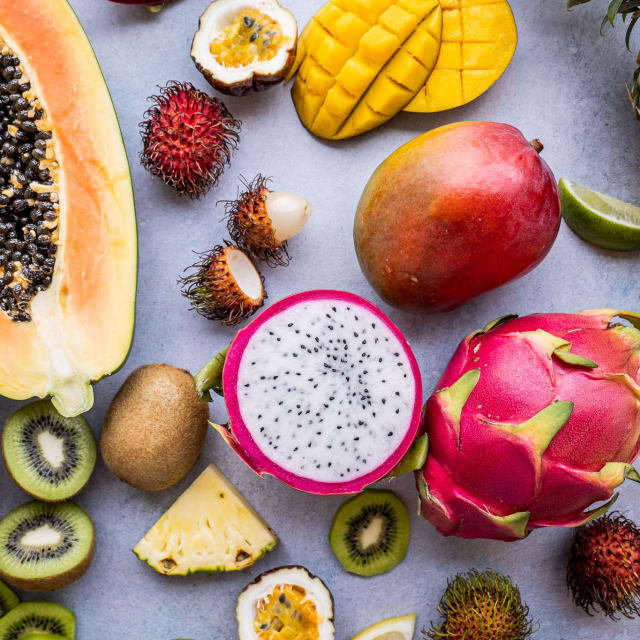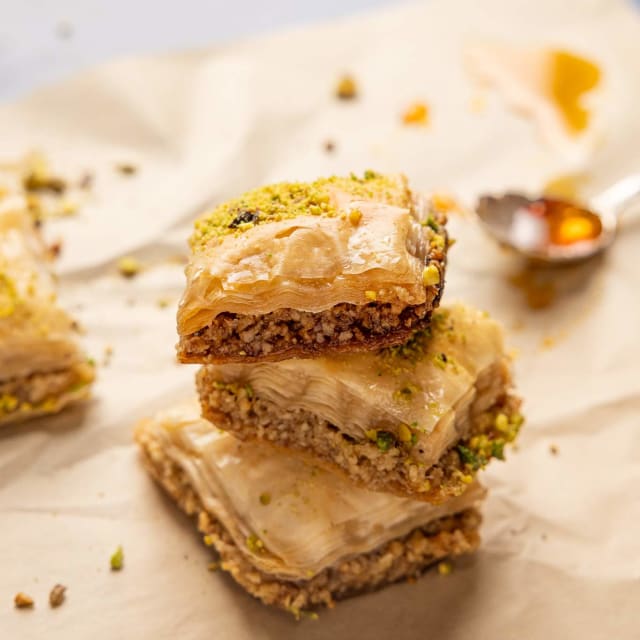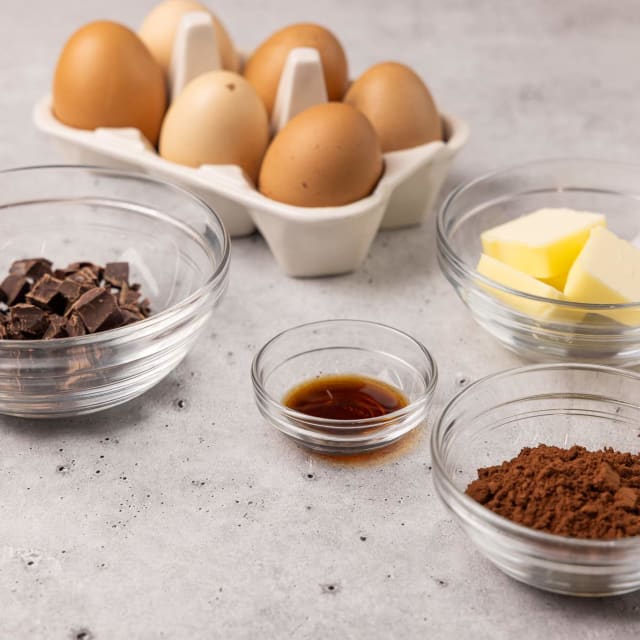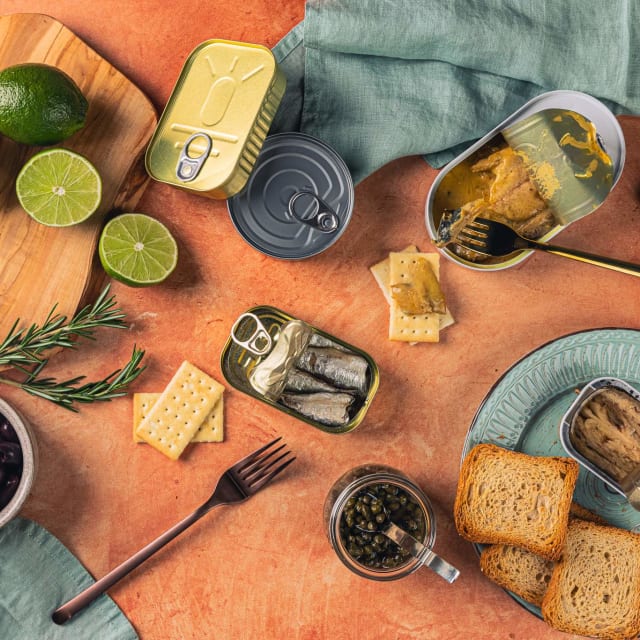Peanut Butter
Whether creamy or chunky, this thick paste made from ground peanuts is one of America's most-loved foods. Found in about 75% of homes, it's a pantry staple kept on-hand for PB&J sandwiches, criss-cross cookies and sneaking spoonfuls right out of the jar. Peanut butter also has a more grown-up, gourmet side in the kitchen, adding rich, savory flavor to soups, sauces, noodles and entrées like satay.
History
Peanut butter was developed in 1890 when Dr. Ambrose Straub patented a peanut-grinding machine. Fourteen years later, peanut butter was first introduced to the North American public at the St. Louis World's Fair. It was touted as a "health food."
Not so healthy, however, was Elvis Presley's obsession with the famous "fried peanut butter and nanner" sandwich on white bread. It's said that he ate 12 to 15 at a sitting.
Varieties
There are three main styles of peanut butter commonly available at supermarkets:
- Regular peanut butter is a blend of ground peanuts, vegetable oil, salt, and sometimes sugar and stabilizers to improve creaminess and prevent the oil from separating. You have a choice of creamy (smooth) or crunchy (with small chunks of peanuts), and there are also varieties flavored with chocolate, fruit or honey.
- Reduced-fat peanut butter has fewer grams of fat per serving than regular peanut butter, but usually the same amount of calories because it contains more sugar.
- Natural peanut butter is simply made with peanuts and perhaps peanut oil and a pinch of salt. Because it does not contain stabilizers, the solids and oils sometimes separate in the jar, but it can easily be stirred before use. Another option is to turn the jar upside down and allow the oil to rise up into the peanut butter.
Peanut butter can also be made at home.
Storage Tips
Regular and reduced-fat peanut butter can be stored up to one year at room temperature when unopened. Once opened, it will keep at room temperature for three months. After that it should be refrigerated to keep the oil from turning rancid.
Natural peanut butter must be refrigerated after opening. It should be used within six months.
Usage Tips
- Blend with marshmallow crème or vanilla yogurt to make a sweet dip for fruit.
- Mix into waffle batter or use as a topping for oatmeal.
- Whip with milk, ice cream and bananas for a frothy shake.
